Movie Review: Rogue One: A Star Wars Story
Last year, Star Wars: The Force Awakens soared to the top of box office charts, earning, according to Forbes, $758 million in less than a month. The film won widespread critical acclaim for its reboot of the time-honored franchise. Fans cheered the return of classic elements of the series; The Force Awakens came complete with explosive starship dogfights, adorable droids, and a meditation on the Force by a wizened dispenser of wisdom. Its success came not from its innovativeness, rather, its ability to capture the style and feel of the original trilogy for a nostalgic modern audience. That is why it seemed a somewhat dubious choice to make Rogue One: A Star Wars Story a largely independent entry in the canon. If audiences flocked to Force Awakens to hear Han Solo say: “We’re home, Chewie,” how appealing can an entirely new cast of characters be in a movie that does not make its exact point in Star Wars chronology clear until its last few minutes?
The answer is quite. Director Gareth Edwards — creator of 2014’s Godzilla according to The New Yorker — brings a highly enjoyable movie that strikes a good balance between the lighthearted, the meditative, the thrilling, and the brutal. Rogue One feels less like a rehash of the original Star Wars films than Force Awakens, which means its story and characters and left to fend for themselves more while also freeing it from the constraints of the series’ main narrative.
As a largely standalone film, Rogue One relies heavily on its characters to establish its place in the series, and that is where the movies biggest problems lie. The film’s strongest character is also its most dynamic: Jyn Erso (Felicity Jones), an anonymous prisoner of the Empire broken out by the Rebel Alliance for her hidden connection to the Imperial superweapon program who transitions from an unwilling participant to a fearless soldier of the rebellion. She fights alongside Cassian (Diego Luna), a sympathetic, if flat, rebel commander whose stick-to-the-mission dedication serves as a foil to Jyn’s more personal motivation. Actor Alan Tudyk provides motion capture for K-2SO, a reprogrammed Imperial droid whose wisecracking attitude betrays his bad-guy appearance.
The rest of the film’s motley team is made up of characters distinguishable for their combat styles and little else. Everyone who sees Rogue One will remember the blind, staff-wielding warrior with a deeper connection to the Force (Donnie Yen). Fewer will catch the brief dialogue setting him up as a monk tasked with protecting a now-desecrated temple (that we never get a good look at), and fewer still will know his name, Chirrut Imwe. Information about the supporting characters is so infrequently provided that they feel underdeveloped despite a decent amount of screen time.
The most disappointing figure in the film is Director Orson Krennic (Ben Mendelsohn), a standard-issue, bad-guy boss with little backstory. Mendelsohn, an actor with a long repertoire, appears as Krennic with about the same frequency as Darth Vader did in A New Hope, but his arrivals fail to elicit any of the same dread, be it his lack of special powers, unique mannerisms, or even a particularly distinctive outfit. Of all the Star Wars villains so far, Krennic makes the smallest splash. At least Jabba the Hutt looked different.
Another letdown is Saw Gerrera (Forest Whitaker). He is heavily hyped in the film’s opening as a rebel to the rebels, a zealot who answers to no authority but his own. The brief initial tastes we get of him and his band seem to fulfill these promises. Once Jyn and the other main characters finally make it to his lair, however, he loses his mysterious nature and ultimately serves as little more than a plot device to introduce the next half of the movie.
Rogue One is visually stunning. The planetary set-pieces, brought to life by George Lucas’s Industrial Light & Magic, are numerous and varied, ranging from lightning-filled canyons to fortified tropical beaches. The visual effects enhance rather than overshadow the action sequences, which are more realistically intense than typical Star Wars fare. Each new wave of Stormtroopers arriving on the scene is a threat to our heroes, and the camera follows shakily as the rebels dive for cover. While this could be frustrating to some, Rogue One’s more visceral combat is preferable to what we saw in the older films, where enemies served as white-suited target practice. There are times where Rogue One felt less like a grand space opera and more like a gritty war film. A firefight where freedom fighters pour from the crevices of an ancient desert city to ambush an Imperial patrol is reminiscent of scenes not so long ago and firmly within our galaxy.
Rogue One is not an emotional journey or even all that thought-provoking, but it is a thoroughly enjoyable film with no shortage of interesting action scenes, even when the characters wear a little thin. The movie covers so much ground — both literally and plot-wise — that it has few chances to be boring. Despite its separation from the rest of the films, Rogue One is a worthy entry to the Star Wars canon.


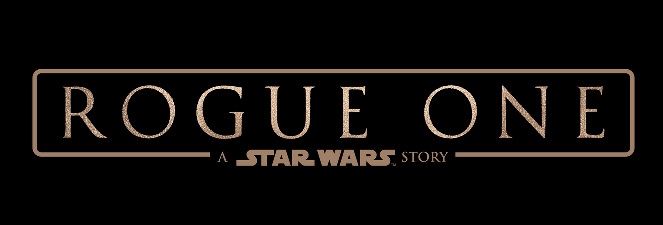

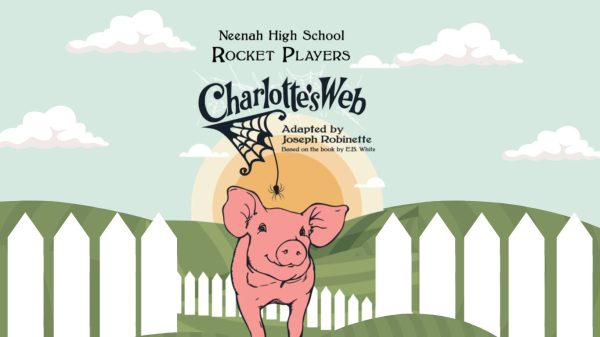
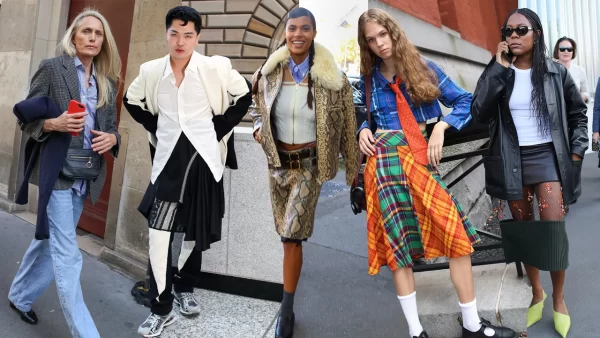


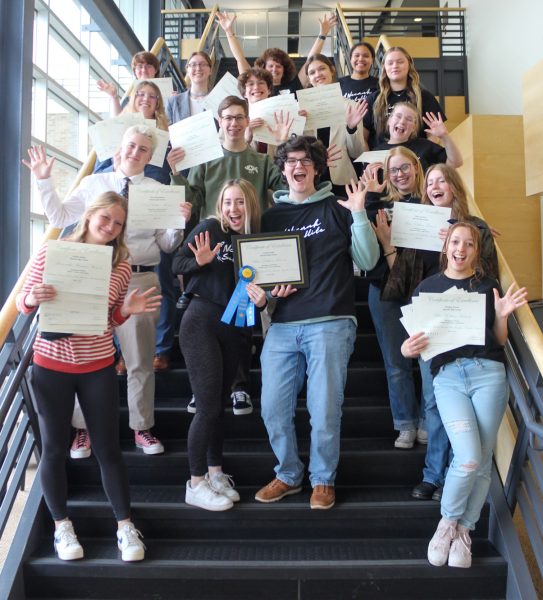






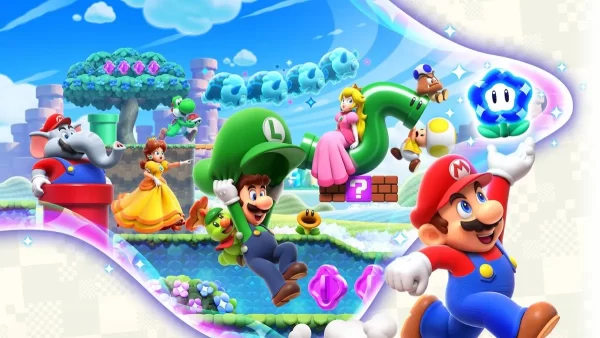
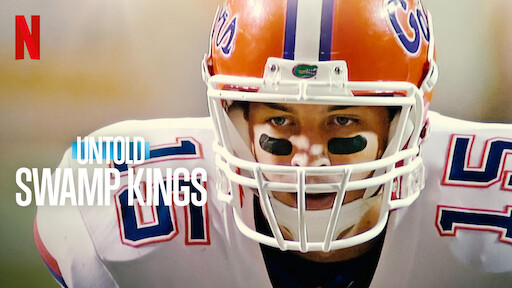

Ben Stern • Mar 6, 2017 at 7:14 PM
I really love this review because of how the author was not afraid to show the flaws of Rogue One. The author explains that a lot of the characters may have seen a little “half baked” which is something that I thought as well when watching the film myself. I also love the effective language in this article through the use of vocabulary, most specifically through the words “dubious” and “visceral.”